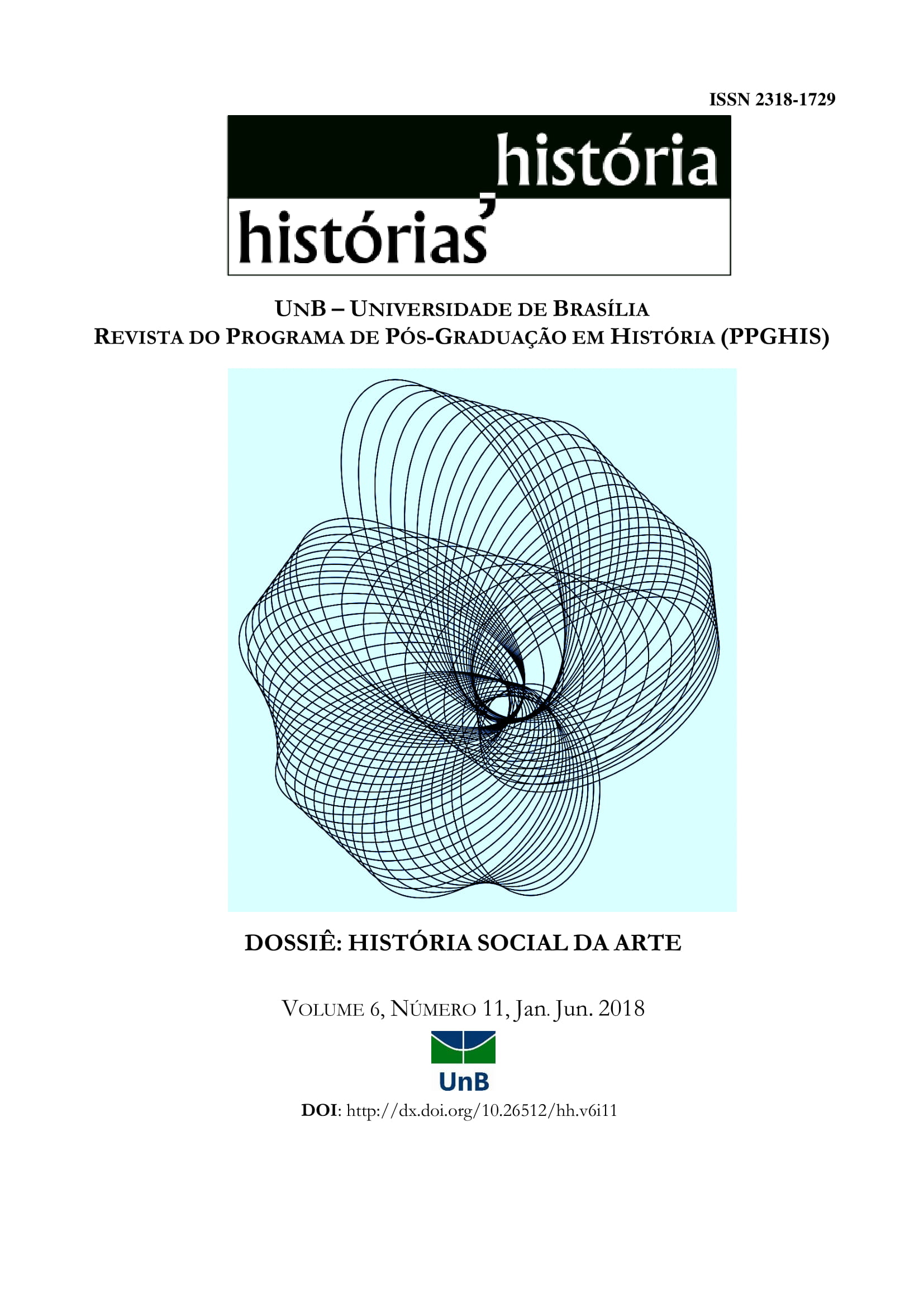Traços de Brasilidade:
representação do negro na arte de Pasquale De Chirico
DOI:
https://doi.org/10.26512/hh.v6i11.11009Keywords:
Monumento Público, Escultor Italiano, Pasquale De Chirico, tipos negrosAbstract
O escultor italiano Pasquale De Chirico (1873-1943) foi responsável por um amplo conjunto de monumentos escultóricos em Salvador, sendo Castro Alves a obra pela qual ele é mais lembrado. Ilustres como Visconde de Cayrú, Padre Manoel da Nobrega, Dom Pedro II e Barão do Rio Branco foram homenageados em praça pública. De modo paralelo à profícua produção da estatuária pública, o artista elaborou um amplo conjunto de representações (gravuras e estátuas) de “tipos humanos”, em especial de afro-brasileiros, vincado na tradição iconográfica das cabeças/faces. Os registros dos tais “tipos negros” realizados por De Chirico podem suscitar fraturas no discurso de grandeza e mitificação do passado valorizado pela elite letrada local, cuja exaltação da herança europeia pautava sua autorrepresentação.
Downloads
Downloads
Published
How to Cite
Issue
Section
License
Authors who submit papers with this journal agree to the following terms:
a) Authors retain copyright and grant the journal right of first publication with the work simultaneously licensed under a Creative Commons Attribution License that allows others to share the work with an acknowledgement of the work's authorship and initial publication in this journal.
b) Authors are able to enter into separate, additional contractual arrangements for the non-exclusive distribution of the journal's published version of the work (e.g., post it to an institutional repository or publish it in a book), with an acknowledgement of its initial publication in this journal.
c) Authors are permitted and encouraged to post their work online (e.g., in institutional repositories or on their website) prior to and during the submission process, as it can lead to productive exchanges, as well as earlier and greater citation of published work.




